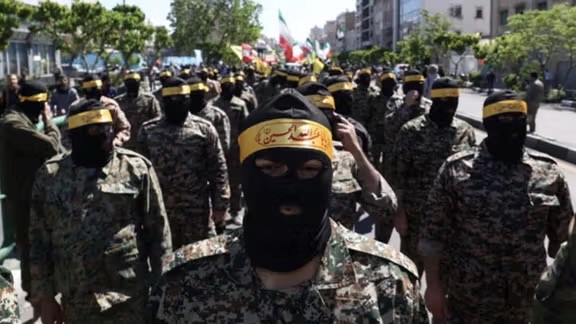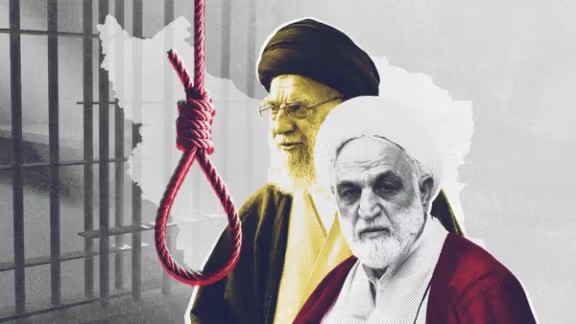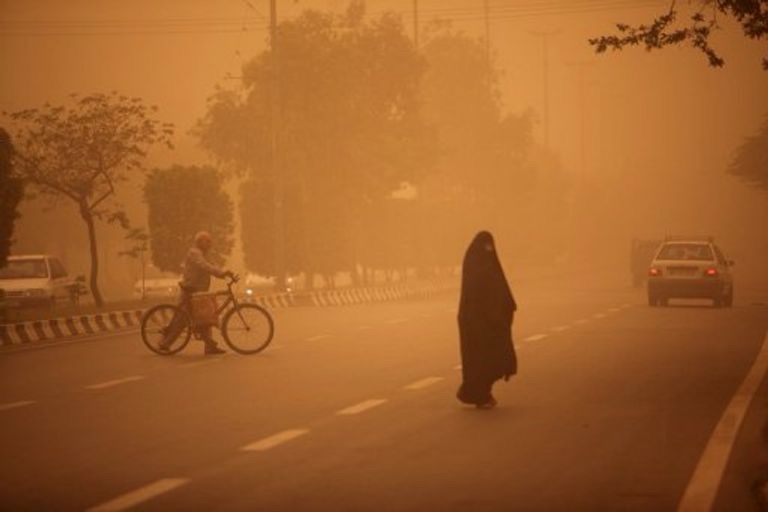
Iranian Minister of Labor, Ahmad Meidari, announced that the minimum wage for the upcoming Iranian year (starting March 20) will increase in accordance with the inflation rate, meaning a maximum wage increase of 30%. This falls far short of the 70% raise proposed by workers.
The failure to raise wages in line with actual inflation exacerbates household budget deficits. According to statistics, by 2025, only 30% of Iran’s population will not require government support to meet their basic needs.
Somayeh Goulpour, head of the Labor Unions Association—one of the labor organizations recognized by the Iranian government—stated that workers’ purchasing power has decreased by 190% compared to 13 years ago.
Labor organizations have repeatedly warned of the significant gap between wages and the cost of living. Workers’ representatives demanded at least a 70% wage increase for the upcoming year, considering the inflation rate.
However, Minister Ahmad Meidari explicitly stated, “Workers’ wages will not be increased twice a year.” Ignoring years of wage hikes that failed to match inflation and repeated demands from labor organizations, Meidari confirmed that next year’s wage increase would be close to the officially announced inflation rate.
In the 2025 budget plan, inflation is projected at 30%. Based on this estimate, the minimum wage is expected to increase by 30%, as previously anticipated.
The situation is not much different for government employees. According to the 2025 administrative decisions, the minimum monthly salary for public sector employees will be around 12 million tomans (approximately $140), reflecting a 20% increase.
Meanwhile, price hikes in other sectors follow a similar pattern. According to a decision by the Tehran City Council, taxi fares in 2025 are expected to rise by 37%, with the increase taking effect in early May.
Official reports from Iran’s Statistics Center—which face serious credibility concerns—indicate a growing household budget deficit.
While the government has raised wages and other services by 20-40% based on the 30% inflation rate reported by the Statistics Center, government tariffs in the 2025 budget plan have surged by up to 650%.
Reza Kankari, head of the Food Traders Union, stated that “prices for tea, grains, and rice have risen by 100% this year.” He also noted, “Food sales have dropped by 35% compared to last year.”
A 35% drop in food sales suggests that citizens have reduced their food expenditures to balance their income and spending.
Due to government policies and manipulated inflation reports, citizens’ incomes have been artificially suppressed, failing to reflect real market conditions. This has led to worsening household budget deficits.
Amid soaring prices in sectors such as housing, fuel, utilities, and healthcare, food has become the first victim of Iranian households’ financial struggles.
While conditions in the food sector have deteriorated, reports have also emerged of patients selling their medications due to poverty.
The situation has become so dire that Minister Meidari openly acknowledged that approximately 70% of the population now requires ration coupons to secure 11 essential goods.
Currently, about 70% of Iran’s total population of 85 million needs government assistance to sustain their livelihood.



